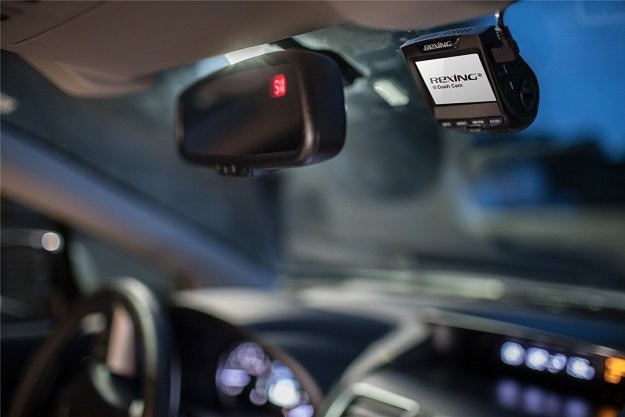
But the latest Bond installment, Spectre, could top all of the Bond films when it comes to destroying cars. Filmmakers spent 24 million pounds ($37 million) trashing a fleet of cars for the movie, chief stunt coordinator Gary Powell told The Daily Mail. He said that constitutes a record for cars destroyed to make a film.
“In Rome, we wrecked millions of pounds worth,” Powell said, “They were going through the Vatican at top speeds of 110 mph. We shot one entire night for four seconds of film.” That must be an epic four seconds.
And the cars sacrificed weren’t Kias, either. The star car is the Aston Martin DB10, which was created specifically for the film. Only 10 cars were built, and seven were destroyed in the making of the movie. The other three will likely be used for promotional purposes, but won’t be made available to customers.
The main villain car will be a Jaguar C-X75, a car perhaps even more exotic than the limited-edition DB10. The C-X75 is a hybrid supercar that started out as a concept powered by electricity and a pair of small turbines. Jaguar later tried to put it into production with a more conventional powertrain, but that never happened. Nonetheless, Jaguar was able to scrounge up a handful of these slick machines for Spectre.
Jaguar’s companion brand Land Rover also provided some vehicles, some of which may have also been reduced to piles of junk. U.S. moviegoers will get to see the results of all of this metal shredding when Spectre opens here November 6.


